Nimu or Nyemo, in Tibetan language means ‘wheat’. With an area of 3275 square kilometers and the average altitude of 4000m, above sea level, it is located in the western side of the central point of Lhasa. There are various rivers that border this county. On the northern bank of river Yarlung Tsangpo, this county lies. And again on the middle of the famous Brahmaputra river, this county has taken a shelter. The distance of this county from Lhasa, is about 120 kilometers. The meaning of the name of this place is indeed accurate as this is a county in Tibet that remains mostly engaged in agricultural herding and transactions.
As Tibet charms the enthusiastic tourists with its enigmatic and ethnic charm, the history of Nimu is also very charming. This is a place which has not forgotten tradition in the long line of progress towards modernism. It has bore the tradition and modernity on equal footing. Thus till now, some ancient sects of Buddhism is very distinct of this place. Moreover the Ala sect of Buddhism is found in Nimu. The history of Nimu beckons the travelers to visit this place even more.
>> Join in our most classic Tibet tour to find out more about its unique culture and customs
Top Three Arts and Crafts in Nimu County
Even though the history of the place is marked by political unrest and famous political revolutions, the Nimu County is famous even today for its remarkable art and crafts. Each and every form of art in Nimu deserves a special mention. However this article endeavors to describe in details the top three forms of art in Nyemo or Nimu County.
Tibetan Incense Production in Nimu
Incense production – traditional incense production is considered to be the best art form that is being encouraged by the Nimu County. The origin of this incense can be traced back to almost 1000 years back. The incense makers make use of ordinary natural resources like water, various herbs, flowers, saffron, wood spices, nutmeg, clove, cinnamon and many such other products. The product releases an herbal scent that is extremely conjuring.
The other elements required for the production of this artwork are abundant water supply and a favourable climate. No bamboo sticks are used in the production of these incense materials. It is said that the process of incense making is acquired from the ancient scriptures from the monasteries. On a tourist visit, the craftsmen are even willing to show the entire process.
Nyemo Tunba Scenic area, a small village area in Nyemo, is considered to be the pioneer of the incense making art form. This art form was mainly developed from the various scriptures which could be retrieved. Then following the process written in the scriptures, they developed the incenses, and offered it in the form of showing reverences to the holy spirits and their ultimate teacher, Buddha. This tradition is followed still now where incenses are burnt to show reverences to their creator, specially in the monasteries and other holy temples.
Tibetan Paper Making in Nimu
Tibetan Paper making in Nimu – this form of art is yet another interesting craftwork from Nyemo. In this art form, Rijak, the root of a poisonous plant is used. It is kneaded well and put into the water. The process of boiling then starts. The mould, after boiling for hours is smashed into a paste. Then it is subjected to filter after spreading evenly. This art form is not only an identity of sheer talent, but also utility and accuracy. The paper making process is largely facilitated by the remote condition of the Nyemo County. The paper thus produced is insect proof and long lasting.
It is because of this reason that this paper is used for contractual purposes. Other than Nimo, Nyingchi and Qamdo also produced this art work. However much of the paper production in these two regions have decreased at an alarming rate. Nonetheless, Nimu still flourishes in the art of paper making.
Unique Sculpture Art in Nimu
Unique Sculpture art in Nimu – this type of artwork is mainly famous in the Phunsum village of Nyemu or Nimu. It is an artwork that has been handed down generation after generation. Now this type of artwork is depicted as the richest cultural heritage of Tibet. This artwork is very tough and complicated and requires very much hard work. One craftsman is quoted saying that this art form is required almost 6 to 10 years of proper supervision and study. It is because of this minute detailing and consistent hard work that engraving a Buddhist scripture requires almost nine steps to complete it.
However engraving a full Buddha statue might take twenty or even thirty steps. For each form of art, the engraving tools are different with minute differences. The whole of the Phunsum village almost has now engaged in the process of the formation of artworks, thereby promoting the need and the skill of sculpture making. Almost 87 households have occupied themselves in the art of making prayer flags or sculpting figurines.
In the recent times, due to the great importance attached to this art work, about 50,000 CNY is used for allocating about 50 family workshops. About one million Chinese Yuan is spent for buying the various raw materials like wood or bamboo and cloth. Even training classes have been set up to promote this form of art. Therefore, owing to the importance attached, no doubt the unique sculpture of Nimu has gained a place in most celebrated cultural heritage in Tibet.
>> Join in our most popular Lhasa tours to know Tibetan arts better
How to Get to Nimu
Nimu is a splendid place in Tibet to take tour for as long as you want. All the necessary factors that induce interest in an individual are present in Nimu. The climate remains soothing except for the winters. The places of interest are many. Further the artworks of Nimu demand a view for at least five days.
Tourists are bound to get mesmerized once they encounter with the charming Nimu. It is easy to reach Nimu, located in the western side of Lhasa. Located at a distance of just 120 kilometers from Lhasa, Nyemo can be reached from Lhasa just by a two hour drive. You can take a private car and enjoy your space in the journey of two hours. The No. 318 National Highway is the route along which the private cars usually drive. You are bound to enjoy the beautiful scenic view of the place, while making your journey to Nimu.
Or there is another option to reach Nimu. This comprises mainly of taking a long-distance bus from Eastern Lhasa Station with our Tibetan tour guide. The bus usually stops at Tunba village, which is actually a great option. You can spend some time with the villager by staying with them and witnessing their art of incense making. The fare of the bus is about 30 CNY.
Also the Lhasa-Shigatse train is another option to reach the Tunba village. It takes about one and a half hour to visit the village. But the only problem is that Tunba village is located in the opposite direction of Nyemo railway station. Nonetheless, the Tunba village demands a visit owing to its unique incense making process. Therefore it can be said that the whole journey will take at the most two hours.
Nimu Accommodation and Hotels
There are some accommodation facilities in Nyemo or Nimu, which are guided by certain rules and regulations.The Zhangsheng Resort is a very famous resort near Nimu County. Other than this, there are other hotels like the Shanghai hotel, located at a distance of 1.2 kilometers from Nyemo. The transactions of the hotel should be done beforehand as problems may pose in on-arrival bookings. There are other hotels like Golden Tibet holiday hotel, Lawei International hotel and many others.
If you want, you can stay in Lhasa and visit Nimu and come back at the same day. Maximum tourists usually stay in Lhasa and visit Nimu and come back on the same day. The two hours journey has made this provision easier. Further it is a fact that the number of hotels and accommodations in Nimu is less, because of which the facilities are not always available. In the same case, Lhasa, being the capital of Tibet Autonomous Region, has larger number of hotels.
The facilities in the hotels of Nyemo or Nimu are, however, up to the mark, even though there is a scarcity. The rooms are well cleaned and hygienic. Even though they are small and compact in most of the cases, the space can be adjusted easily. There are variety of rooms, including single bedrooms, double bedrooms and dormitories.
However there are sometimes degeneration in the servicing in the hotels and accommodations in Nimu. In one of the reviews about Shanghai hotel, a tourist has declared that there is no heat and even unstable water supply. Further there are found some dead insects in the room. There are sometimes setbacks in the cleaning and servicing, but in overall rating, the hotels acquire a good rating. If at all, there is a problem, there is an option of staying in Lhasa and doing everyday journey.
>> Check all the hotels in Lhasa and choose one fitting you best
.jpg)



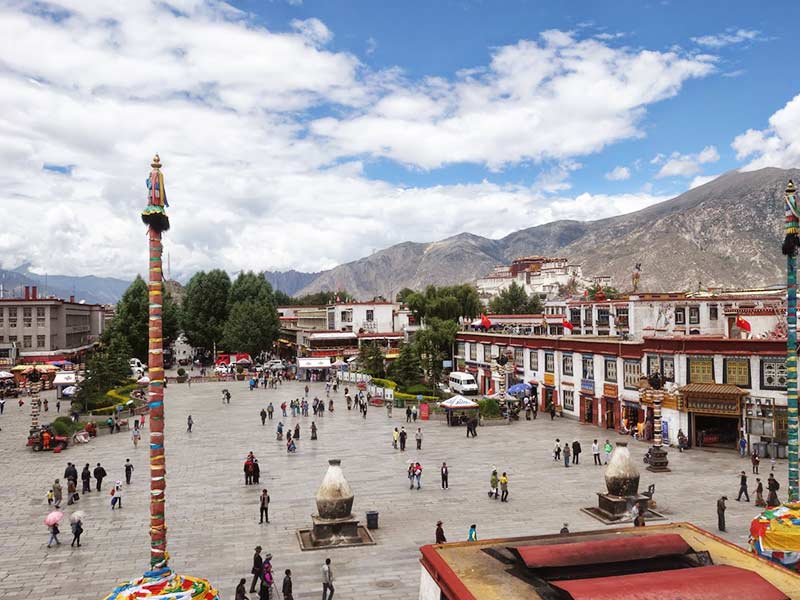
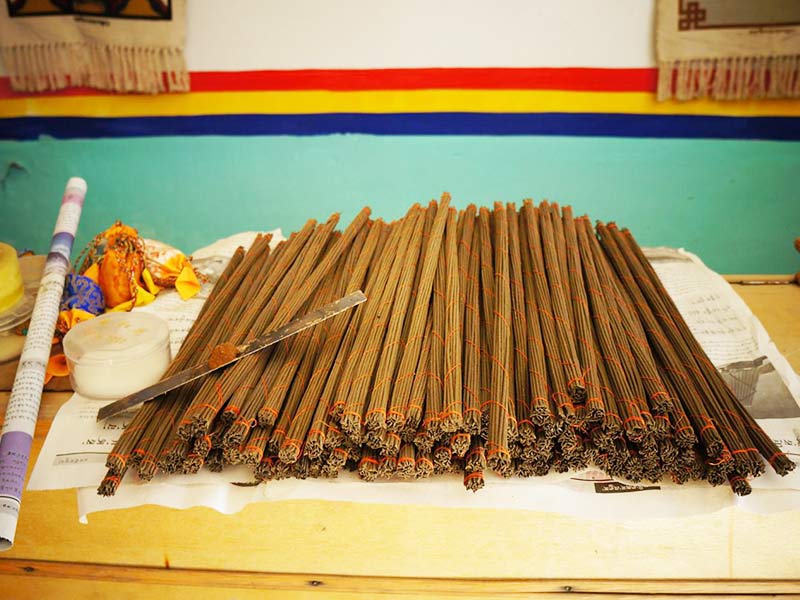
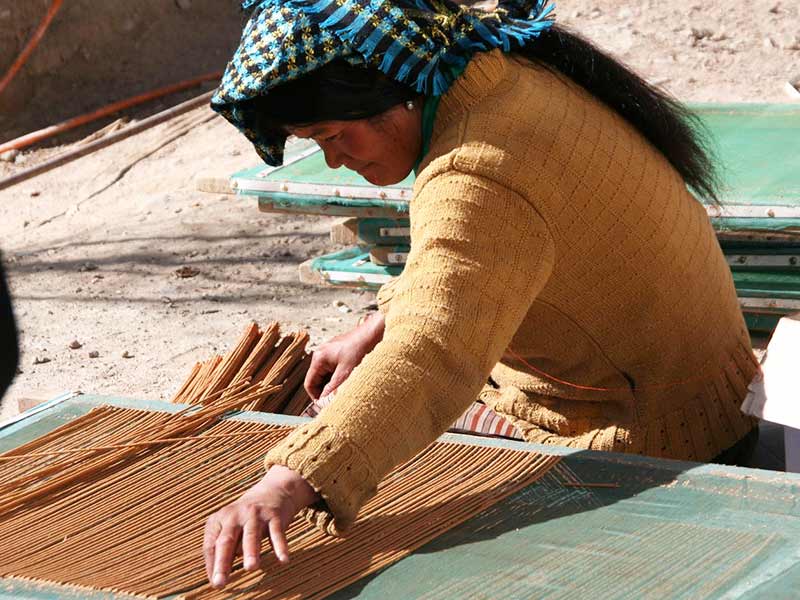
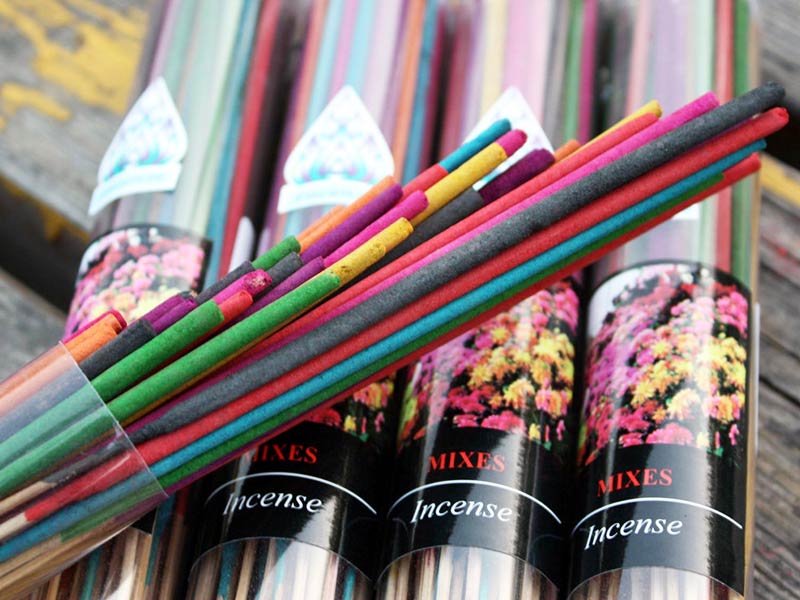
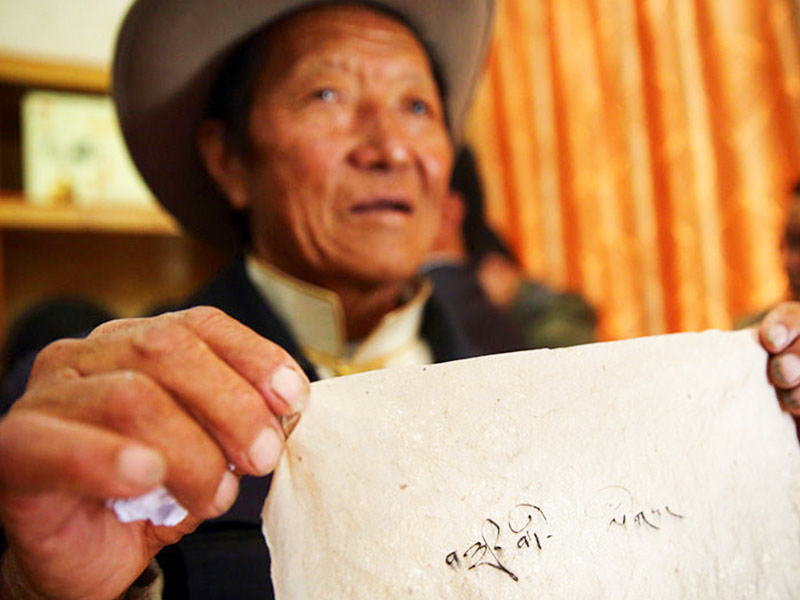
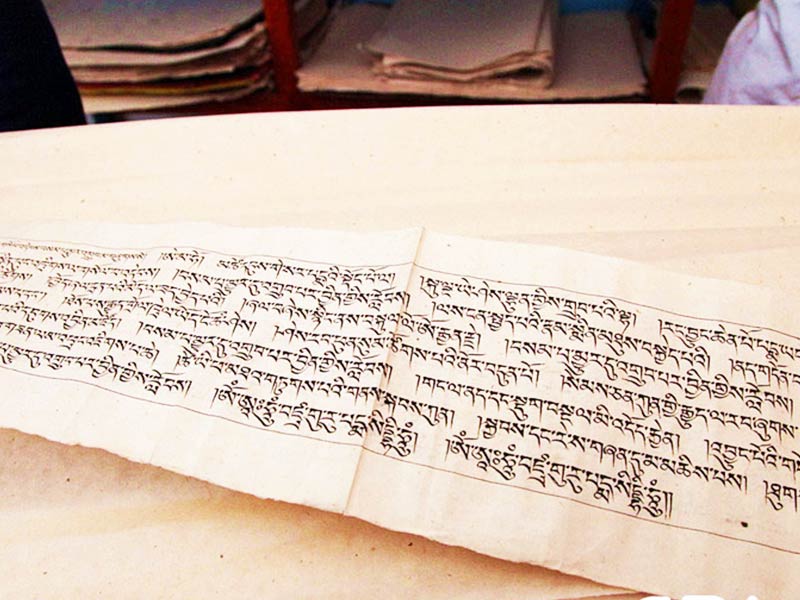
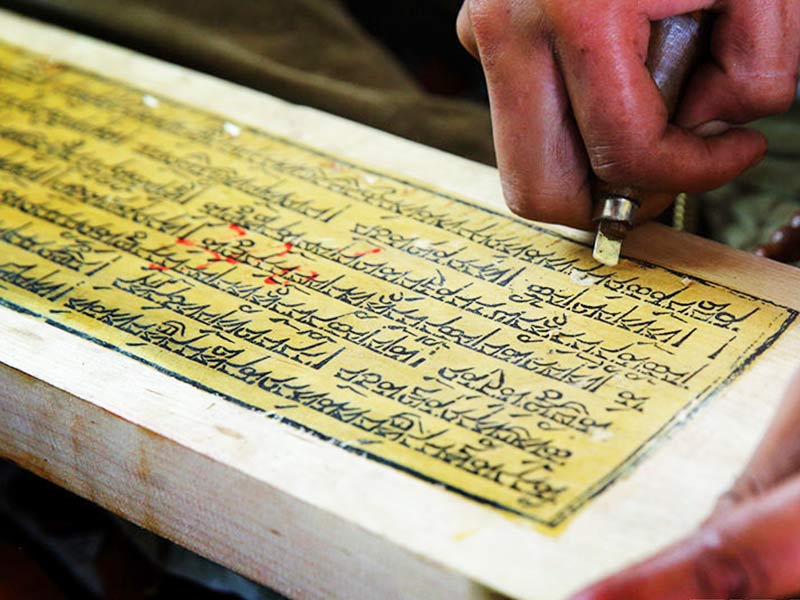
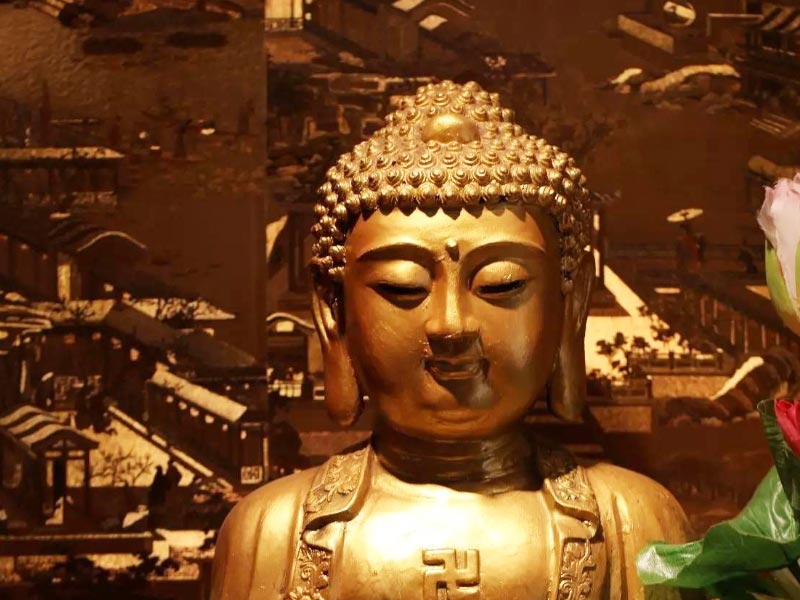
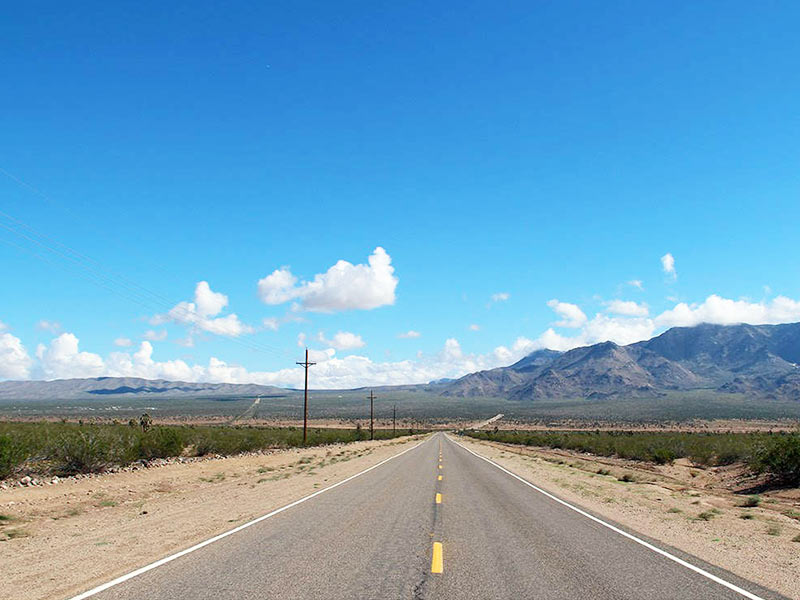
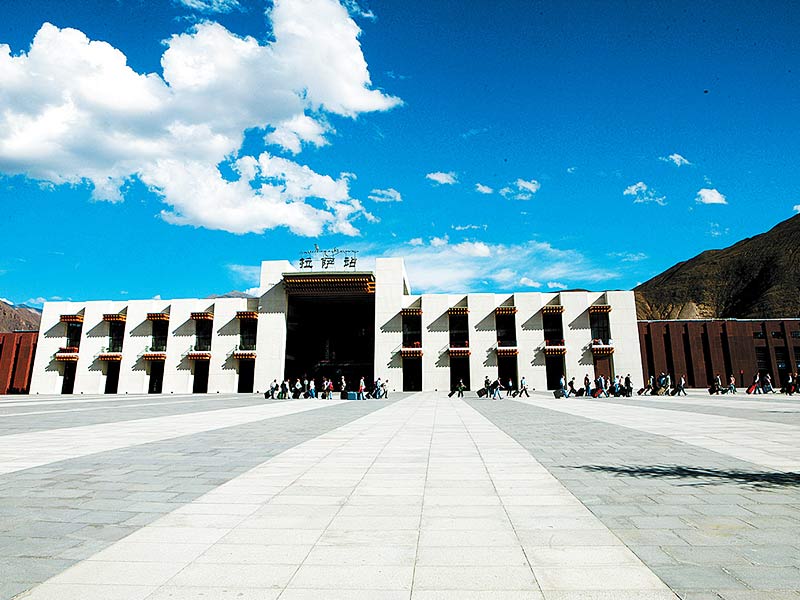
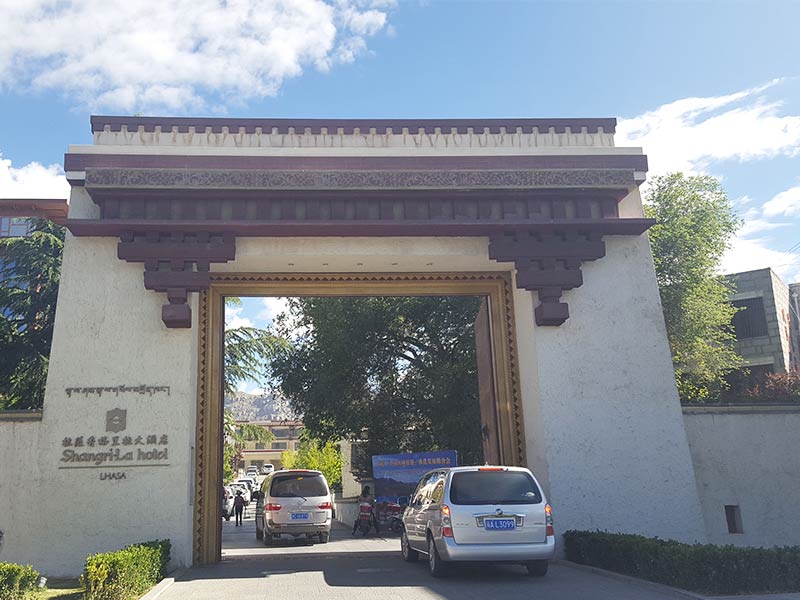

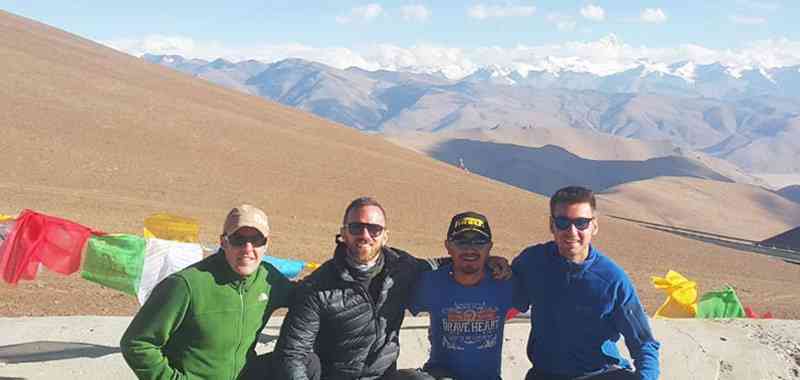






0 Comment ON "Explore Ancient Artistry in Nimu, Tibet"